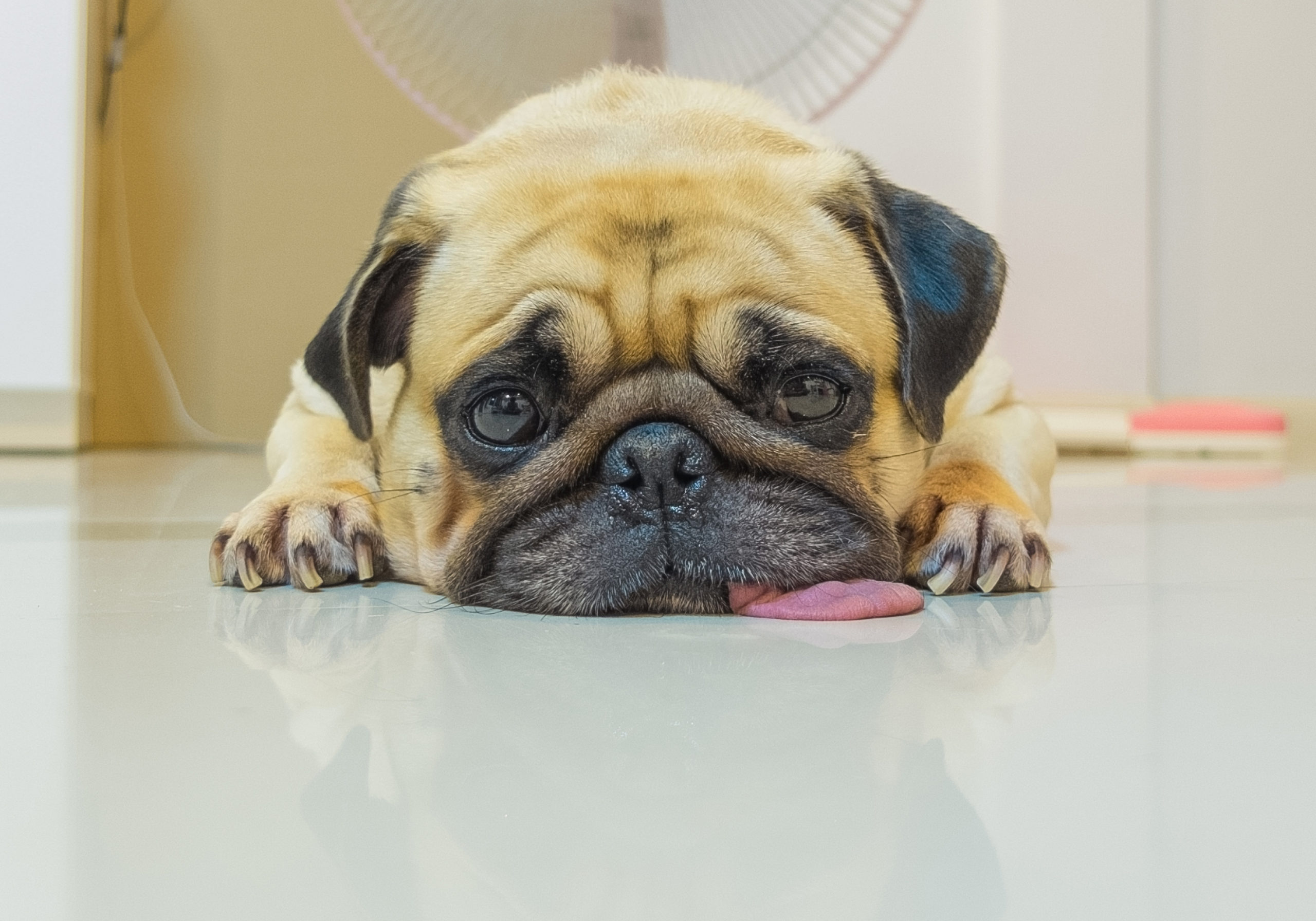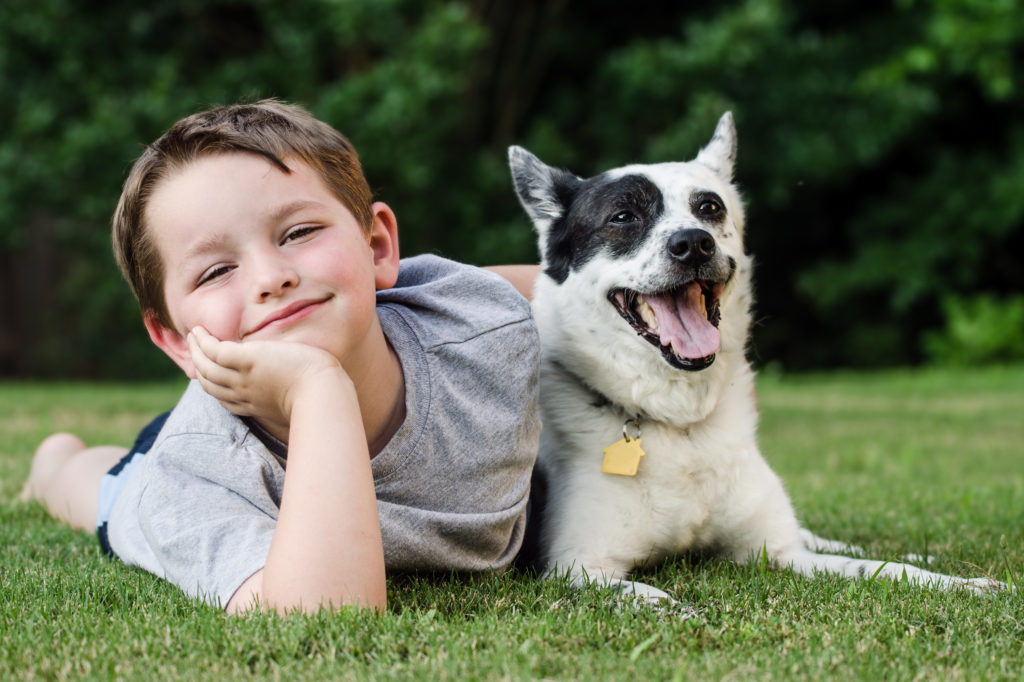If you’ve ever had an upset stomach, you know how unpleasant it can be. Just like their loving owners, most dogs will suffer from tummy troubles from time to time. And as a pet parent, it can be hard to see your pooch experiencing discomfort—especially when it means they won’t touch their dog food.
When this happens, you might be anxiously wondering: what to feed my dog with an upset stomach?
Don’t worry, knowing what to feed your pooch when they’re having digestive issues can help them get them back to the dog park faster. Read on to learn exactly what to feed your dog with an upset stomach.
Upset Stomach: Is It Serious?
Most of the time, if your dog has an upset stomach, it’s nothing to worry too much about. Mild stomach and digestive issues like diarrhea or not eating as well, will usually pass and can be treated at home.
However, problems with your dog’s digestion can sometimes be signs of more serious health issues, so it’s always a good idea to consult with your veterinarian if symptoms are severe or don’t clear up within 24 hours. Better safe than sorry when it comes to the health of your pet!
Toxic Foods to Avoid
Caring for your dog’s upset stomach can entail giving them foods that aren’t part of a standard dog’s diet. This means it’s important to take precautions so you don’t accidentally feed them something harmful and can cause serious medical problems.
So, what foods are toxic for dogs? As you prepare your pup’s feel-better foods, be sure to avoid the following toxic foods:
- Garlic
- Onions
- Xylitol
- Grapes/raisins/currants
- Chocolate
- Macadamia nuts
- Salty foods
- Sugary foods
These should never be part of a dog’s diet—whether healthy or not. If you suspect that they’ve eaten something on this list recently, consult your veterinarian immediately. Many of these foods are highly poisonous for dogs—like raisins and Xylitol —and should be treated by a veterinarian immediately.
What to Feed Dog With Upset Stomach
Now that you know what to avoid feeding your dog, what should you put in their bowl to alleviate their possible stomach issue?
Bland Diet Recipe
A meat and rice meal might sound a bit bland, but that’s exactly why it’s a good choice for dogs whose stomachs aren’t at 100%. A bland food diet is also easy to prepare for your pooch since it only requires two ingredients.
As simple as this bland diet remedy sounds, there are still a few things to keep in mind:
- Use boneless, skinless chicken breasts because they’re low in fat or lean ground meat or cooked fish if your pet is sensitive to chicken or poultry
- Cook the meat slowly in water or brown slightly in a deep cooking pan and don’t add seasonings—this isn’t supposed to be a culinary masterpiece
- Shred the cooked chicken or ground meat so it’s easy to eat
- Cook white rice in water with just a pinch or less of salt—the rice should be mushy and not al dente
- Use white rice instead of brown rice—it’s easier for your dog’s stomach to process and offers carbohydrates
- Feed your dog a mixture of 50% meat to 50% rice
- Offer several small meals throughout the day to see if it helps to settle the stomach upset.
- The general rule of thumb for how much to feed is roughly 1 cup/10 pounds of body weight per day.
- Offer small amounts at first, one to two tablespoons, and increase the amount at each feeding slowly.
- Another option is a ready-made diet like Under The Weather.
Probiotics
Probiotics are important to help restore the normal flora in your dog’s digestive system. A probiotic can be added either with plain, active culture yogurt or ready-made products like Purina Fortiflora or Non-flavored Proviable.
Adding a teaspoon of yogurt after the above bland diet mix has cooled or a readily available probiotic will help to quickly restore your pup’s digestive system to normal.
Ice Cubes/Crushed ice
If your dog has an upset stomach and is throwing up or having diarrhea, they’re losing a lot of fluids. Preventing dehydration is essential to getting your dog back to normal, but filling up their water bowl isn’t the only way to get them to drink more when they’re sick. The bland diet recipe above or the ready-made diets of Under The Weather both will have more water than your pet’s normal diet.
To encourage your pet to drink more you can add ice cubes to their bowls or offer crushed ice pieces. Always offer small amounts of water and food to prevent them from taking in too much food or water, too quickly at one time. Plus, many dogs like drinking cool water or eating ice chips as a frosty, crunchy treat.
Fasting
As difficult as this might be, sometimes the best thing to do is nothing at all. But fasting is not for every dog. Some small breeds, younger dogs and dogs with some medical conditions, can often have problems when fasted. It is common to see a loss of appetite in dogs when having diarrhea or not feeling well.
Note: It’s especially important to consult with a veterinarian on their recommendations before implementing a fast.
Your vet may recommend trying a bland diet first, or they can give guidelines on when food can be reintroduced.
From Upset Tummy to Tummy Rubs
There’s nothing worse than seeing your dog in distress. Luckily, by using the tips above (in conjunction with advice from your trusted veterinarian), your dog will be on the road to recovery. You’ll be relieved when you can start worrying about giving them tummy rubs instead of worrying about their upset tummy.
If you’re looking for quick expert advice, or want to learn more on how to support your pet’s nutrition, reach out anytime with us through our 24/7/365 online vet chat.



